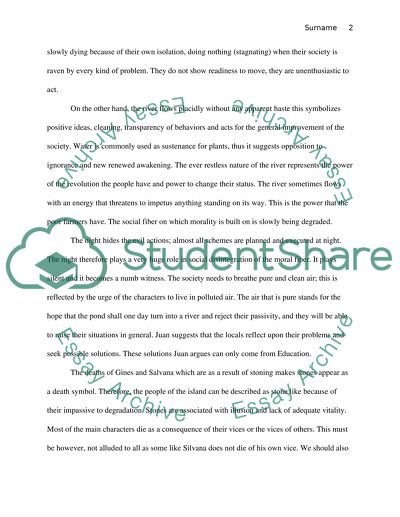Cite this document
(“Review of the Novel The Pond Essay Example | Topics and Well Written Essays - 2000 words”, n.d.)
Review of the Novel The Pond Essay Example | Topics and Well Written Essays - 2000 words. Retrieved from https://studentshare.org/literature/1438704-the-pond
Review of the Novel The Pond Essay Example | Topics and Well Written Essays - 2000 words. Retrieved from https://studentshare.org/literature/1438704-the-pond
(Review of the Novel The Pond Essay Example | Topics and Well Written Essays - 2000 Words)
Review of the Novel The Pond Essay Example | Topics and Well Written Essays - 2000 Words. https://studentshare.org/literature/1438704-the-pond.
Review of the Novel The Pond Essay Example | Topics and Well Written Essays - 2000 Words. https://studentshare.org/literature/1438704-the-pond.
“Review of the Novel The Pond Essay Example | Topics and Well Written Essays - 2000 Words”, n.d. https://studentshare.org/literature/1438704-the-pond.


